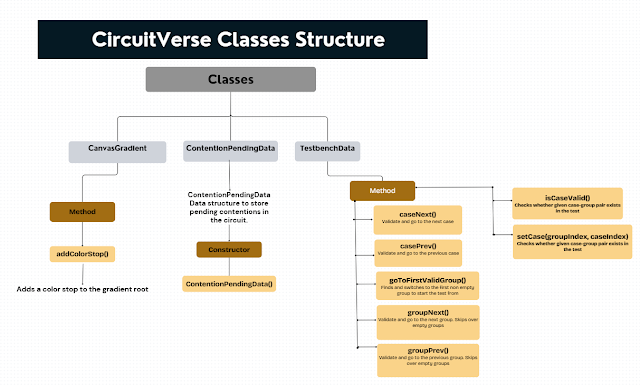Introduction to CircuitVerse & Overview of the Blog
What is CircuitVerse?
In a world where technology is ever-present, understanding digital logic circuits is essential for students in fields like engineering and computer science. The CircuitVerse simulator is an invaluable tool, allowing learners to create and simulate digital circuits with ease. Not only is it user-friendly, but it also offers a rich feature set that deepens comprehension of digital logic design.
With a variety of digital components, from basic gates to complex circuit diagrams, CircuitVerse helps students visualize their projects effectively. The simulator’s capability to generate timing diagrams provides essential insights into how circuits behave over time. For example, students can observe the delay in signal propagation and how that affects overall circuit performance. Furthermore, CircuitVerse allows users to integrate Verilog code, bridging the gap between coding and circuit design. In this post, we will explore the core functions of CircuitVerse, focusing on the key classes and methods that streamline the creation of digital circuits.
Overview of CircuitVerse Simulator Features
CircuitVerse is equipped with features that enhance the learning experience. It supports various circuit designs, such as sequential circuits, decoders, and basic logic gates. For instance, a student designing a 4-to-1 multiplexer can visualize how inputs shift as the select line varies. Additionally, the timing diagrams illustrate how outputs change over time, which is crucial for understanding circuit dynamics.
The simulator also offers customizable color themes to make circuit diagrams more visually appealing, resulting in a better engagement level. The ability to import and export circuit files simplifies collaboration, allowing students to share their designs without complications.
This Blog discusses about the architecture of the simulator and the different Classes and Methods it consists of. Also you might notice that this blog is written in a beginner friendly manner so that newcomers can easily be onboard with the structure of the simulator.
Basic File Structure of Simulator
refer this link if the workflow is not visible:-
https://lucid.app/lucidchart/d74123fc-3791-4f35-8d30-d4d5e90bc4f1/edit?viewport_loc=-863%2C-131%2C2742%2C1274%2C0_0&invitationId=inv_9fc54a48-d192-4dd9-bc8e-d9001e01971d




Comments
Post a Comment